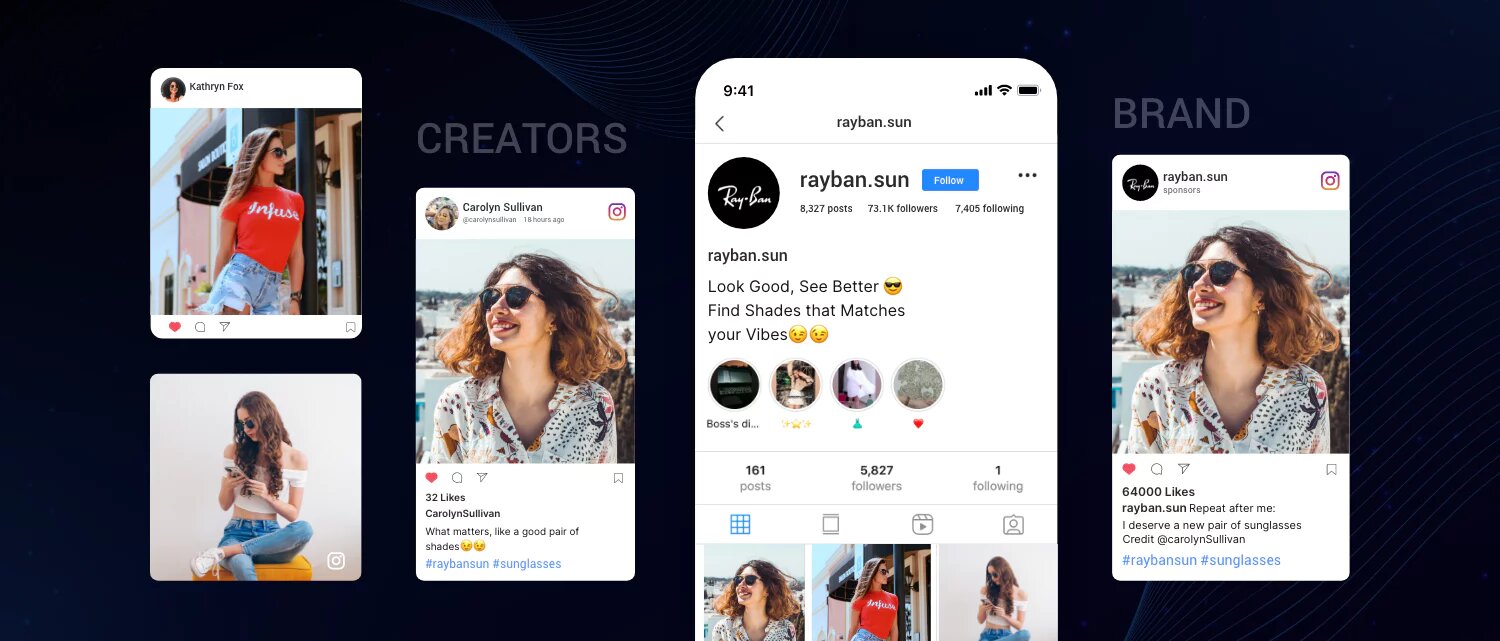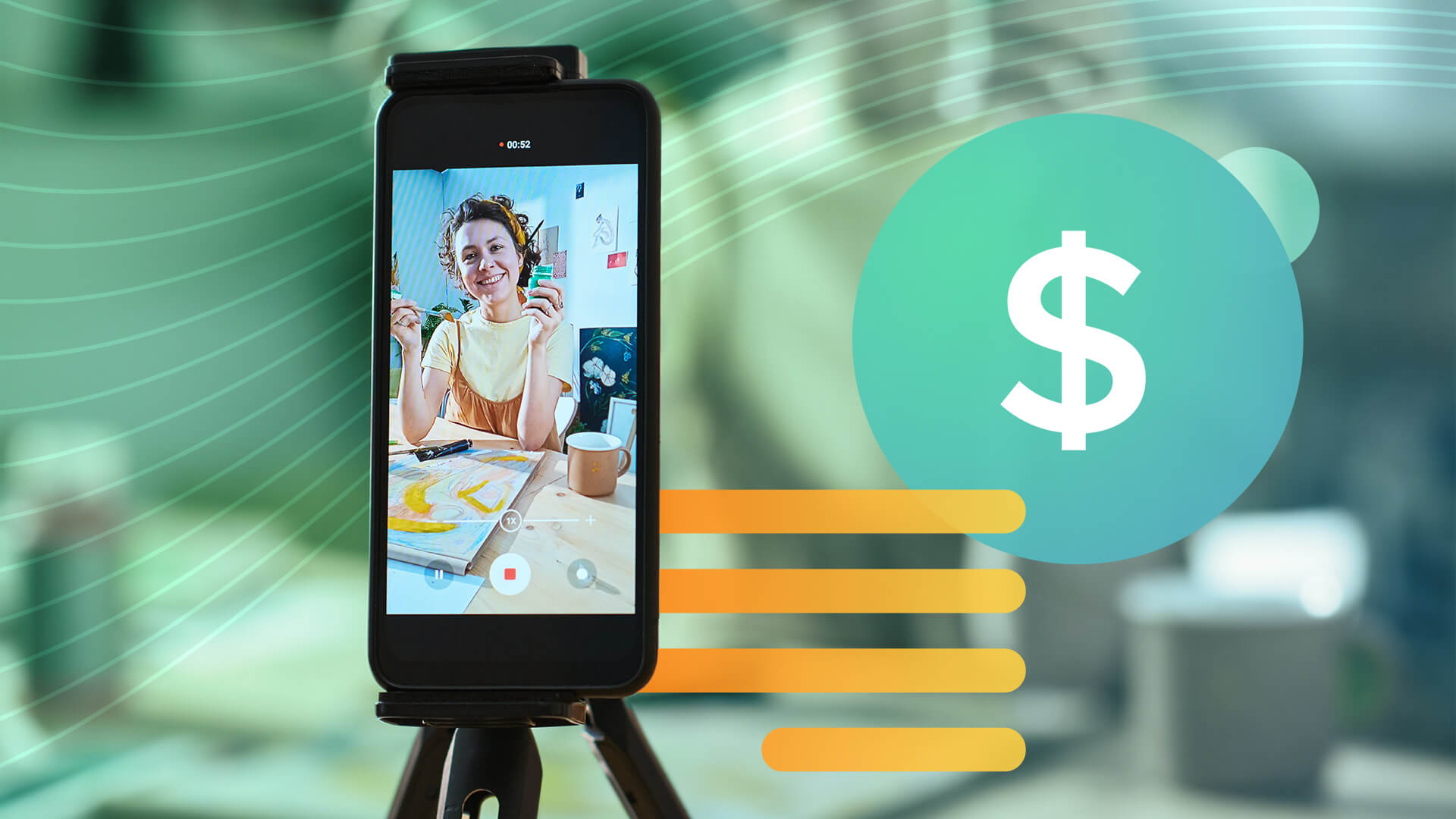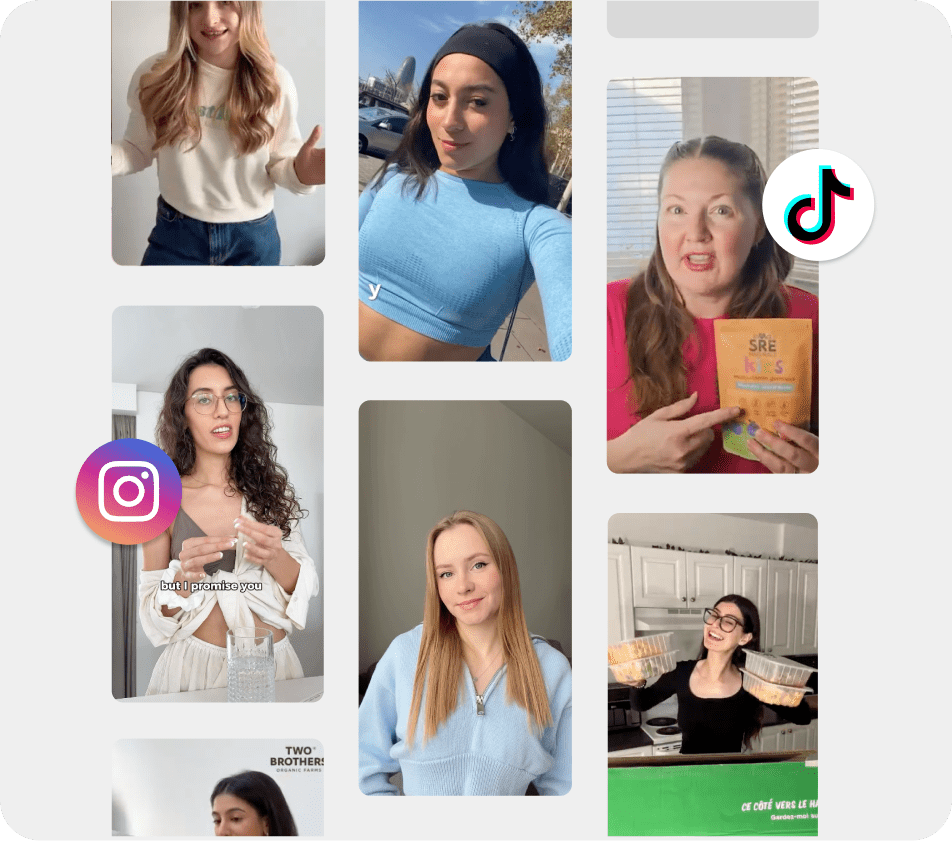In today’s marketing landscape, authenticity reigns supreme. That’s where User-Generated Content (UGC) comes in. UGC is content real people create, showcasing genuine experiences with a brand or product. It’s powerful because it builds trust and resonates with consumers on a deeper level. But how much does UGC cost? Here’s a dive into UGC rates and everything you need to know.
What are UGC Rates?
UGC rates are the fees paid to creators for producing content on behalf of a brand. This includes the creation itself (like filming a video or taking photos) and the usage rights granted to the brand (where and for how long the content can be used). Unlike influencer marketing rates, which are heavily influenced by audience size, UGC rates focus more on the deliverables.
UGC Creator Rates
There’s no one-size-fits-all answer for UGC rates. However, based on industry data, the average UGC Creator rates can range from $150 to $310 per piece of content. Keep in mind that this is just a starting point. Top UGC creators with significant reach can command much higher fees. Conversely, smaller creators or those offering bundled packages might have lower rates.
| Platform | Rate per piece of content |
| $50 – $500+ | |
| TikTok | $25 – $250+ |
| YouTube | $100 – $1,000+ |
| $25 – $200+ | |
| Blogs | $100 – $500+ |
Boost Your Brand with Affordable UGC
Submit Your UGC Project Details.
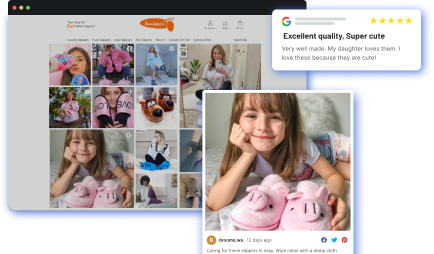
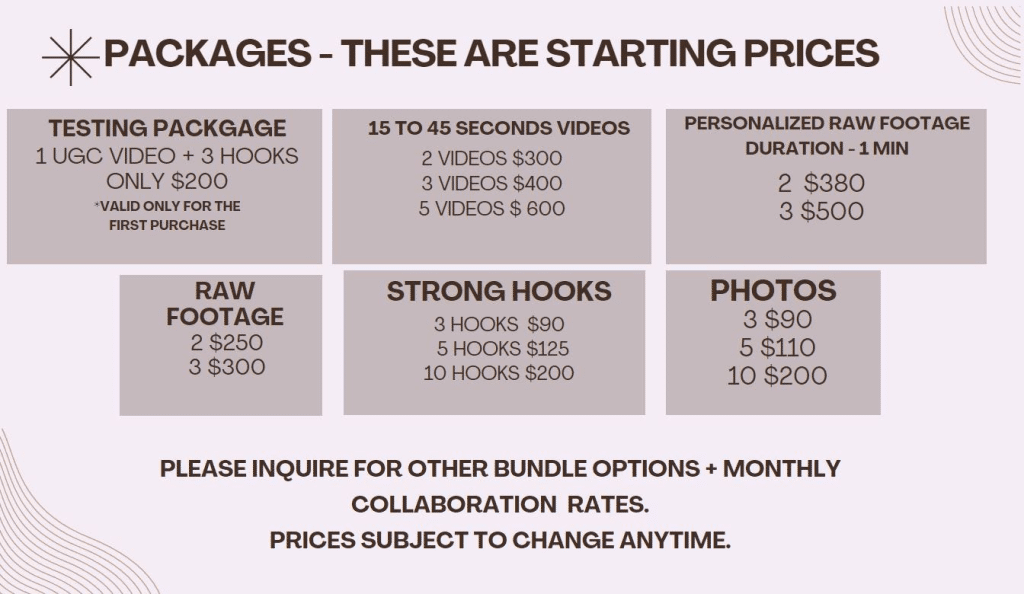
UGC Creator Rates Vs. Influencer Rates
While both UGC and influencer marketing involve user-created content, their prices and content types differ significantly. Here’s a table summarizing the key distinctions:
| Feature | UGC Creator Rates | Influencer Rates |
|---|---|---|
| Focus | Content itself | Influencer’s reach and audience |
| Content Style | More organic, real-life (reviews, testimonials) | Polished, edited (videos, social media posts) |
| Cost | Generally lower | Typically higher |
| Pricing Factor | Time & effort to create content | Audience size & engagement metrics |
| Usage Rights | More negotiable depending on the agreement | More negotiable depending on agreement |
| Finding Creators | UGC platforms, social media searches, freelance marketplaces | Influencer marketing platforms, direct outreach, agencies |
Factors Affecting UGC Rates
Several factors come into play when determining a fair UGC rate. Here’s a breakdown for both creators and brands:
- Creator Factors:
- Follower size and engagement: Creators with larger, engaged audiences might command higher rates.
- Content type: Video editing typically requires more time and skill than static photos, potentially influencing the rate.
- Editing expertise and production quality: High-quality, polished content may warrant a premium rate.
- Creator experience and niche: Established creators in a specific niche might charge more due to their expertise.
- Brand Factors:
- Usage rights: Exclusive rights for a longer duration on multiple UGC platforms will likely cost more.
- Campaign scope: Creating a single post versus multiple pieces of content will affect the overall rate.
- Brand reputation and industry: Well-known brands or those in competitive industries might offer higher rates to attract creators.
For Creators: How to Determine Your UGC Rate
When setting your UGC rate, consider the factors mentioned above. Research what other UGC creators in your niche are charging for similar content. Most importantly, value your time, skills, and the production quality you deliver.
Negotiating UGC Rates: Tips for Both Sides
- Transparency is key: Open communication about expectations and deliverables is crucial for a successful collaboration.
- Be flexible: Consider offering tiered pricing or package deals for multiple pieces of content.
- Clear terms: Define usage rights and what’s included in the agreed-upon rate.
Conclusion:
Understanding UGC rates empowers brands and creators to build successful partnerships in the ever-evolving marketing landscape. By recognizing the difference between UGC and influencer marketing and navigating the pricing structures effectively, you can leverage the power of user-generated content to achieve your marketing goals.
